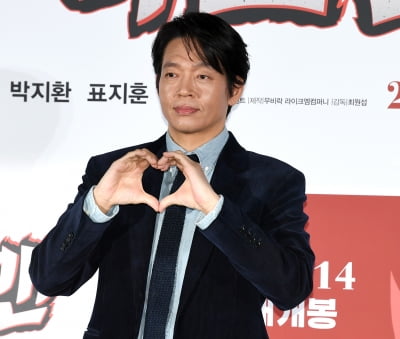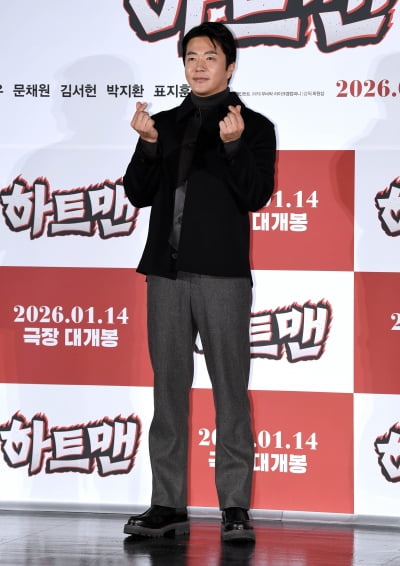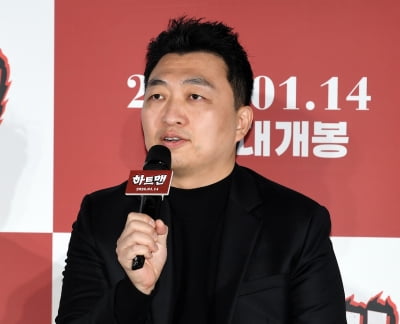MOVIE
Jung Woo-sung and Kim Seong-soo's fifth reunion
‘Beat’, ‘There is no sun’, ‘Musa’, ‘Asura’, ‘Spring in Seoul’
Collaboration between directors Jung Woo-sung and Kim Seong-soo
Collaboration between directors Jung Woo-sung and Kim Seong-soo
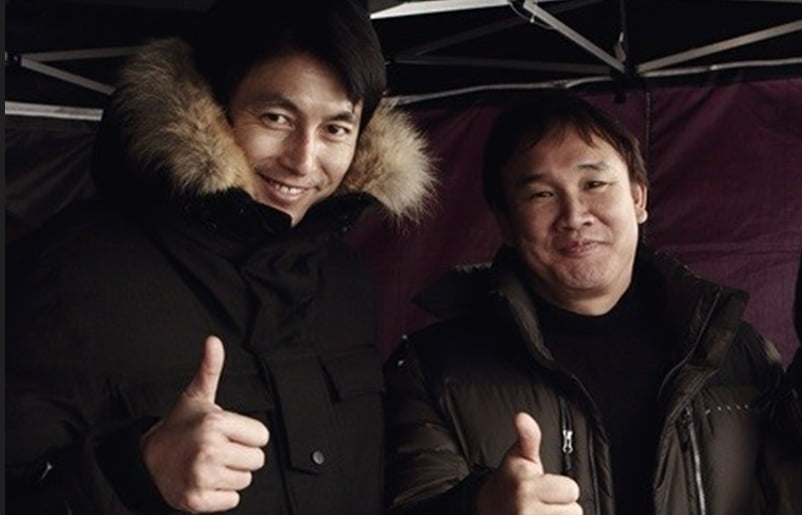
Ten Asia reporter Lee Ha-neul (and film critic) provides an in-depth analysis of the movie story, like the long-take filming technique that shows the screen for a long time in one breath.
If the director envisions the world that will unfold on the screen, the actor makes it a reality. This is because the director and actor, who are inseparable from each other, fill the frame in their own ways. You may have heard the term “persona,” which refers to appearing multiple times in the same director’s work. In fact, it is not easy to find an actor who fully understands the world of work and the character that the director is trying to embody, but the persona, which means 'an actor who cares and loves like his own alter ego', is a relationship that satisfies that.
The relationships we commonly know between the late director Jean-Luc Godard and Anna Karina, Martin Scorsese and Robert De Niro, Leonardo DiCaprio, director Kim Jee-woon and Song Kang-ho, director Hirokazu Kore-eda and the late Kiki Kirin, and director Wong Kar-wai and Tony Leung are like this. Here, there are people who have met again and are writing the history of box office success.
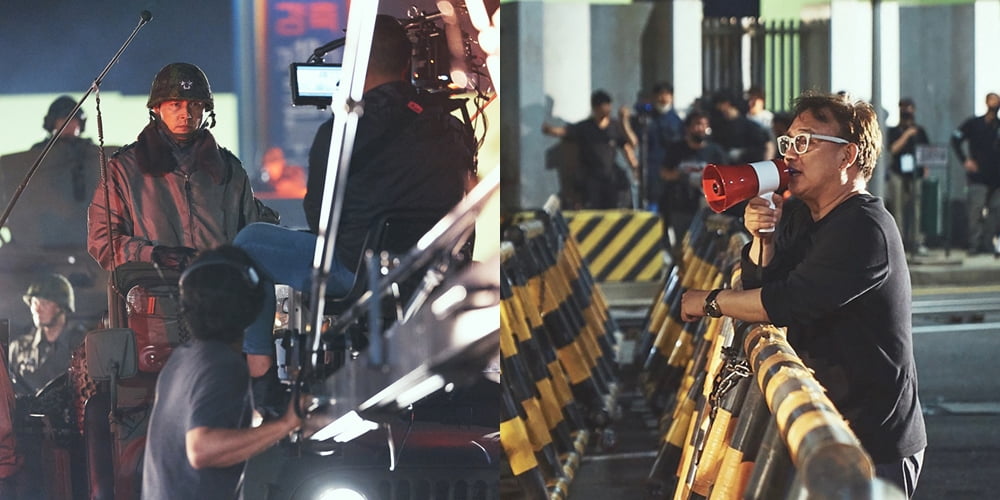
Especially in director Kim Seong-soo's movies, Jung Woo-sung's face is very colorful. You may feel empty and empty without knowing where to go ('Beat'), or you may become imbued with a strange obsession with an ideal that you cannot reach even if you struggle ('There is no sun'), or you may express your beliefs through physical language without any extravagant rhetoric ('The Beat'). 'Warrior'), a face distorted as it spews out anger at the hell-like reality wherever it steps ('Asura'), or a face desperate to reverse the chaotic situation ('Spring in Seoul').
Even if you know the premise that the character's personality is different depending on the work, you can't easily erase Jung Woo-sung's face from your impression. As Jung Woo-sung said, "Lee Jung-jae said in 'Hunt' that he wanted to take nice pictures of Jung Woo-sung, and Director Kim Seong-soo said he thought he took good pictures of Jung Woo-sung," it seems that director Kim Seong-soo knows how to use Jung Woo-sung as a subject well.
Jung Woo-sung’s vagueness seen through his hidden eyes, movie ‘Beat’ (1997)
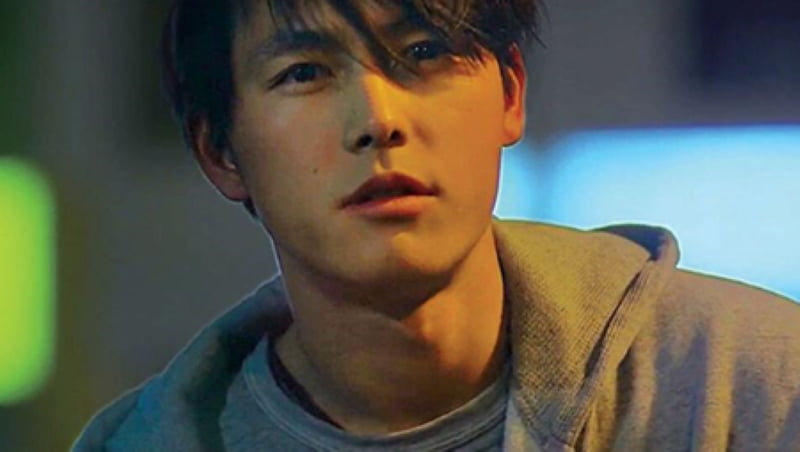
Jerky gestures, one eye covered by long flowing hair, and the recklessness of riding down the road on a motorcycle. This was the keyword referring to Min (Jung Woo-sung), a boy who had no center to support himself. Director Kim Seong-soo, who first met Jung Woo-sung through 'Beat', catapulted Jung Woo-sung, who debuted in 1994 with the film 'Gumiho', into a youth stardom. Not only does it have a sculptural beauty, but it also attractively depicts the image of a boy wandering around because he is bored and bored. In fact, it was a win-win for both directors as it also gave honor to director Kim Seong-soo, who debuted with the movie 'Screaming City' in 1993.
Min, torn between his friend Tae-soo (Yoo Oh-seong), who lives in a world of darkness, his lover Romi (Ko So-young), who is full of anxiety, and his friend Hwan-gyu (Lim Chang-jeong), who wants to blend into the ordinary, is driven by the other person's goals rather than achieving what he wants. . That is why, regardless of Min's determination to live a normal life, he keeps falling into the swamp of evil. Min feels a momentary sense of freedom on a speeding motorcycle, but reality does not follow such simple principles.
In the end, Min, who completely destroys himself like burning cigarette smoke, dies on the cold asphalt. This is because Min, who was carrying the governor who was betrayed and killed by the organization on his motorcycle, turns around and takes revenge on him. Min, who had no dreams, repeats this. “I didn’t have a dream. But Romi, there are so many things I miss at this moment.” Like the final scene of 'Beat', which showed a person riding a motorcycle with his hands outstretched in a freeze frame, directors Jung Woo-sung and Kim Seong-soo engraved an unforgettable image of youth.
The place I reached after running like crazy, from the movie ‘There is no sun’ (1999)
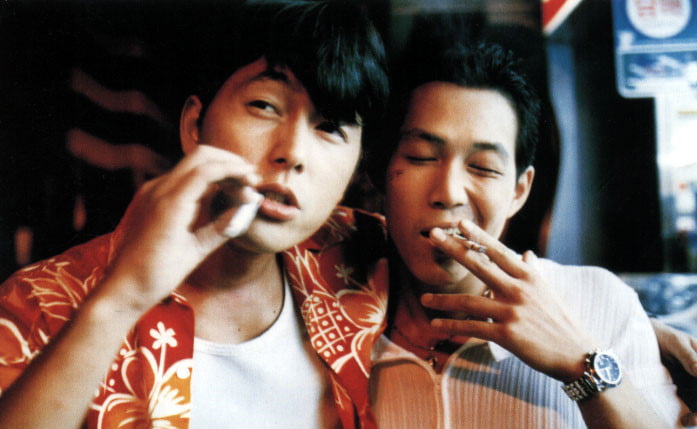
Do-cheol is trying to win the heart of aspiring actress Mimi (Han Go-eun) and make a comeback as a boxer, while Hong-ki is being chased by loan shark Byeong-guk (Lee Beom-soo), but dreams of buying a tall building within six years. Unable to figure out where things went wrong and recover from the situation, the two end up in a different kind of dead end. Do-cheol, whose nose bleeds from his nose every time he enters a boxing ring and competes, and Hong-gi, whose borrowed money snowballs and puts his life in danger. In addition to his personal situation, Hong-gi shows cowardice by taking or stealing Do-cheol's money and running away, and Do-cheol chases after him. Just like a coin being turned upside down, the relationship between Do-cheol and Hong-gi is not fixed and keeps changing.
What is important to note is that Jung Woo-sung, who met director Kim Seong-soo for the second time, runs and moves like crazy just like in 'Beat'. Does director Kim Seong-soo know how to use not only his face but also Jung Woo-sung's long physique? By giving Jung Woo-sung the movement to chase after ideals without 'substance', the harsh weight of reality is captured. 'No Sun' is famous as the work where Lee Jung-jae and Jung Woo-sung, now called 'Cheongdam Couple', first met, but if you look back on the reason why it is still talked about, it is the image of Jung Woo-sung and Lee Jung-jae walking down the famous blazing asphalt hill and the ' The stylishness of OSTs such as 'Love Potion No. 9', 'Let's Twist Again', Uhm Jung-hwa's 'Poison', 'Dancing with DOC', and 'Wooly Bully' will also play a role.
Answering with actions rather than words, movie ‘Musa’ (2001)
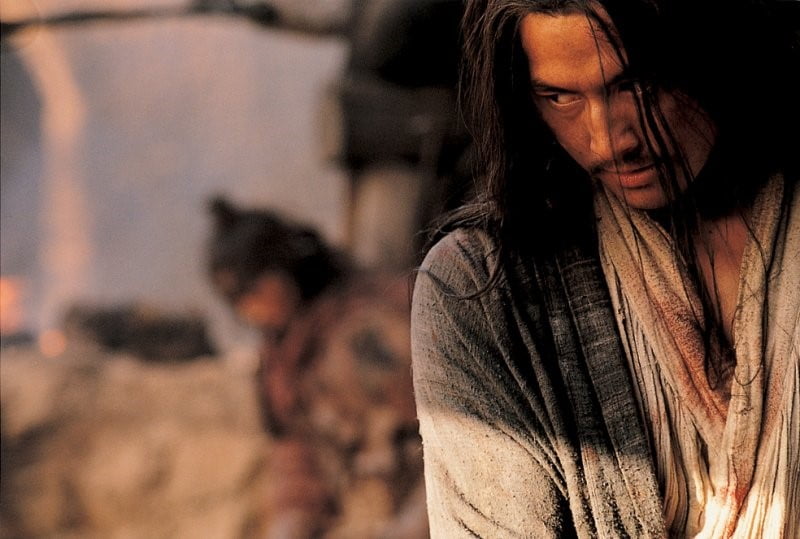
In the first year of King U of Goryeo, 1375 AD, the relationship between Goryeo and Ming was deteriorating due to the assassination of King Gongmin and the murder of Myeongsa, and the process of Goryeo envoys and warriors who went to the Ming Dynasty being misunderstood and going into exile was called 'Musa'. This is the background. It seems that director Kim Seong-soo wanted Jung Woo-sung, who is working with him for the third time, to empty out, unlike the previous works of 'Beat' and 'There is no Sun'. When his master, his master, Lee Ji-heon (Song Jae-ho), dies, guard Yeo-sol (Jung Woo-sung), who was a former slave, becomes a free man but continues to assist until the body is recovered. Then, Yeo-sol has a purpose. Choi Jeong (Joo Jin-mo), the general of the Dragon Tiger Army, rescues Princess Buyong (Zhang Ziyi) of the Ming Dynasty who was kidnapped from the Mongolian army.
Yeo-sol (reminiscent of Guan Yu from Romance of the Three Kingdoms), who has long flowing hair, skin covered in dirt, and carries a spear sword larger than his own height, has no purpose other than protecting his master, but accidentally saves Princess Buyong from danger. Have an opportunity to think about your own life. Yeo Sol, who speaks with the movement of swinging a spear knife and the eyes that clearly gaze at the other person, is a powerful character. At the time of release, the unrealistic image of Goryeo warriors sacrificing themselves to protect Princess Buyong was evaluated as not emotionally relatable and was a box office failure. However, the vast desert, the dust rising every time a horse hoofs up, and the confrontation with the attacking Mongol army The scene where the sword and spear are exchanged is amazing even now. In addition, through 'Warrior', Jung Woo-sung expanded his acting scope with minimal dialogue and restrained movements.
Struggling in a reality that cannot be escaped like hell, movie 'Asura' (2016)

Han Do-kyung, who accidentally kills a senior detective (Yoon Je-moon) while looking after Annam Mayor Park Seong-bae (Hwang Jeong-min), is threatened by Gyeonggi District Prosecutors' Office Kim Cha-in (Kwak Do-won). He offers to save Lee Min-seop, who had to appear as a witness at the appeals court, from danger if he brings the voice recording of Park Seong-bae, who was trying to instigate the murder. However, for Han Do-kyung, this situation is a dire situation. It would be a betrayal to give Kim Cha-in the recording file. If you keep your loyalty to Park Seong-bae, you end up going to prison. Han Do-gyeong, who is stranded in the middle, is sick and tired of this situation. Moreover, his wife has been in the hospital for a long time, and Moon Seon-mo (Ju Ji-hoon), a police junior whom he cherished, personally recommended him to Park Seong-bae. It seems that there is no one who can save Han Do-kyung.
In 'Asura', you can see that Jung Woo-sung's face is always covered with scars. He is beaten by the prosecutors and trampled by Park Seong-bae's subordinates. There is no time to heal the wounds, and a settlement must be reached by November 20th. He said, “Leave me alone. You guys fight among yourselves,” and revealed the invisible board to the front, turning it into Asura as the title suggests. Director Kim Seong-soo seems to have given Jung Woo-sung some kind of instruction that he should whine about his frustrated feelings because his anger was condensed and could not be resolved.
Throughout the movie, Jung Woo-sung remains tense and rigid, and there is not a single shot of him sleeping peacefully. 'Home', which often brings comfort and comfort, is never shown, so 'Asura' does not even allow Jung Woo-sung a chance to take a breather. (Is it my imagination that I smiled slightly at the moment when he kills Park Seong-bae with one bullet left at the end?) That's how breathtakingly impressive Jung Woo-sung's acting in 'Asura' is. That year, Jung Woo-sung also won the Best Actor Award at the 17th Busan Film Critics Association Awards for 'Asura'.
Moving forward quietly but tenaciously, movie ‘Spring in Seoul’ (2023)

'Spring in Seoul', which takes the military uprising of December 12, 1979 as its motif, reproduces on the screen an unforgettable record in modern Korean history. As director Kim Seong-soo said, “The topic was what happened that day that made it a fateful turning point in modern Korean history,” and over the short period of 9 hours, choices are repeatedly overlapped and overturned. By far, the person who catches the eye in ‘Spring in Seoul’ is definitely Hwang Jung-min. The bald head make-up and the appearance of evil itself make people angry. However, Jung Woo-sung, who plays the role of Lee Tae-shin, showed himself as a soft, quiet, but firm soldier through 'Spring in Seoul', and I kept thinking of him as I left the theater.
Director Kim Seong-soo entrusted Jung Woo-sung with a difficult mission in 'Spring of Seoul', but Jung Woo-sung carries out the mission very calmly. The work was done to tightly balance the narrative while controlling the strength of the force. Looking at the scene where he walks bare-chested in front of the troops pouring into Haengju Bridge, you can guess why director Kim Seong-soo considers Jung Woo-sung as his persona. To put it simply, it's just a scene of walking, but it contains the solidity that won't break down, the anxiety of being a human being, and the weight of a leader. Director Kim Seong-su and Jung Woo-sung worked together to create ‘Spring in Seoul’.
From ‘Beat’, ‘There is no sun’, ‘Musa’, ‘Asura’, to ‘Spring in Seoul’. The collaboration between director Kim Seong-soo and Jung Woo-sung was a meeting for a reason. I think we were able to work together five times because we discovered new things from each other and understood each other the most. I think we can look forward to the next work of directors Kim Seong-soo and Jung Woo-sung.
Ten Asia Reporter Lee Ha-neul greenworld@tenasia.co.kr
